#Indian Wars
Photo

#tweet#tweets#twitter#socialism#chattel slavery#american slavery#slavery#slave trade#thomas jefferson#james madison#american history#history#american indian#indian removal act#Indian Wars#totalitarianism#indigenous#genocide
45 notes
·
View notes
Photo
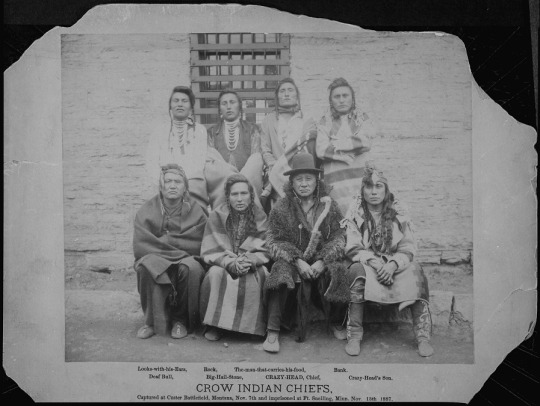
Crow Indian Chiefs, captured at Custer Battlefield, Montana, Nov. 7th and imprisoned at Ft. Snelling, MN, 11/15/1887.
Series: American Indians, 1881 - 1885
Record Group 165: Records of the War Department General and Special Staffs, 1860 - 1952
Image description: Eight Crow men in traditional clothing, including blankets, beaded necklaces, and braided hair. Crazy-Head, Chief, is wearing a brimmed hat and a fur instead of a blanket. Their names are listed in a caption. Standing: Looks-with-his-Ears, Rock, The-man-that-carries-his-food, Bank; seated: Deaf Bull, Big-Hail-Stone, CRAZY-HEAD, Chief, Crazy-Head’s Son.
#archivesgov#November 15#1887#1800s#Indian Wars#Crow tribe#Native American history#American Indian history#Indigenous American history
65 notes
·
View notes
Text
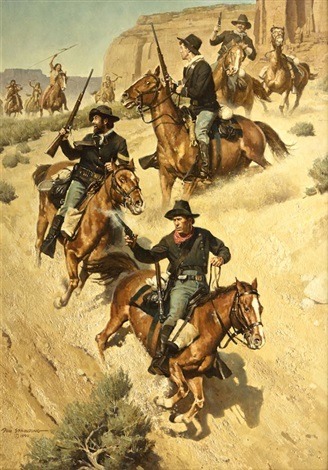
Patrol Under Fire by Don Spaulding
#us cavalry#american cavalry#american dragoons#american civil war#us dragoons#fort laramie#fort apache#union cavalry#plains indian wars#indian wars
4 notes
·
View notes
Text

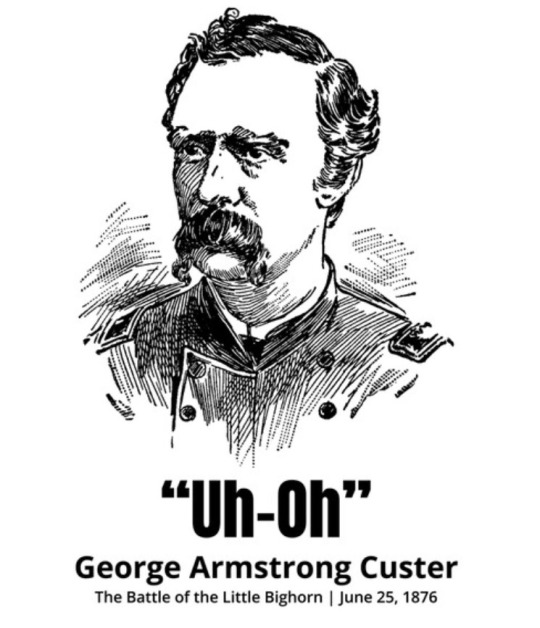
Y’all I can’t-
#american civil war#acw#american history#indian wars#history memes#George Armstrong Custer#Little Bighorn#is this okay to laugh at?#cuz I’m cackling
7 notes
·
View notes
Text
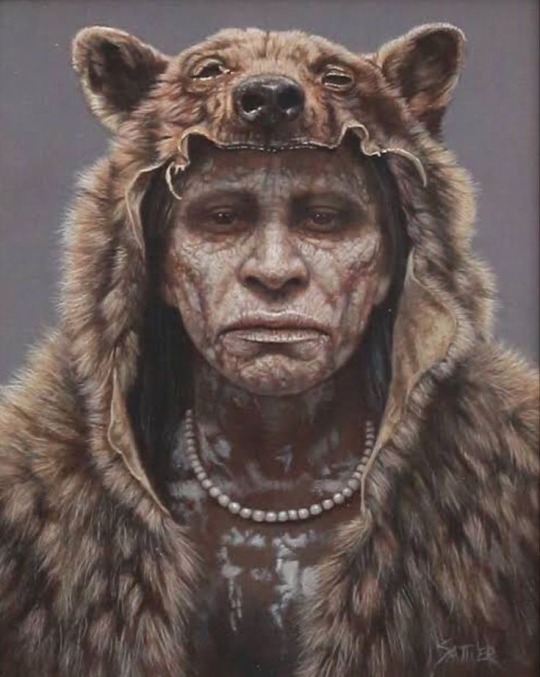
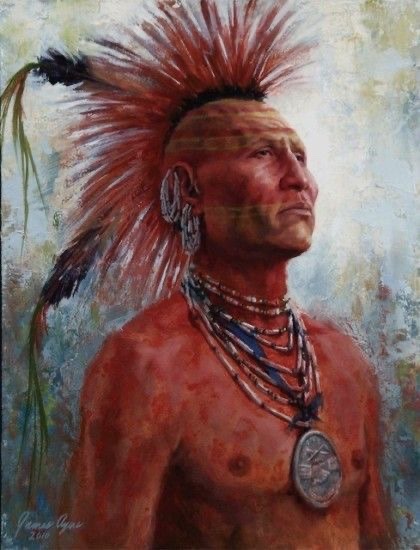
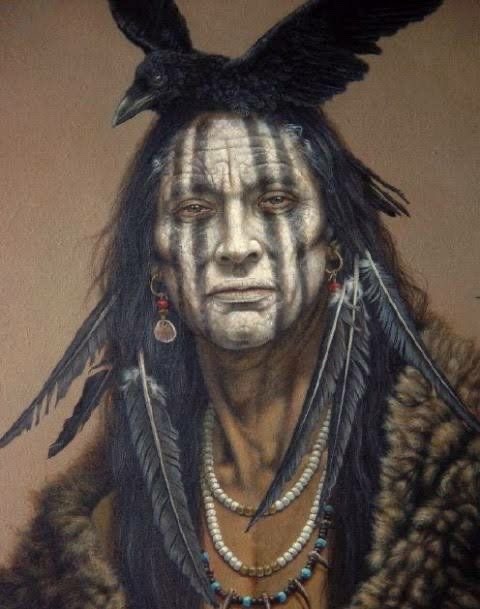
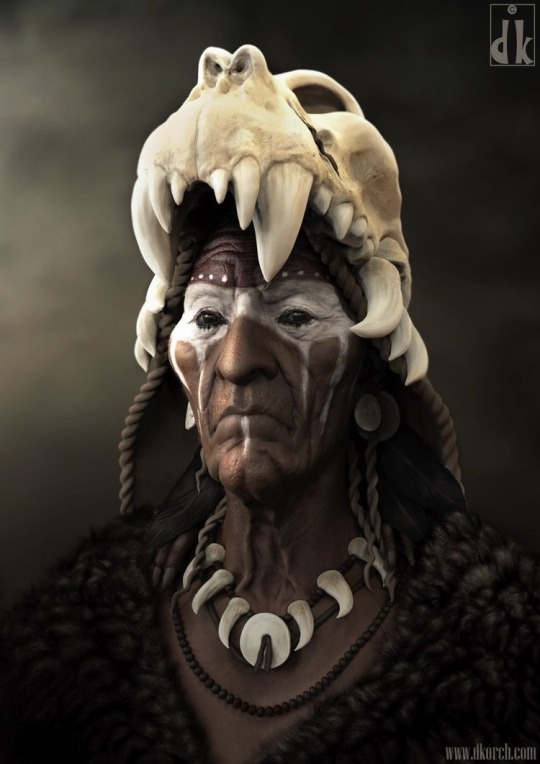

#question everything#history#ancestors#american bison#native american#indian headdress#indian wars#tribal freedom#tribal#cherokee#chief#teepee#ancient
14 notes
·
View notes
Text
1877 – Chief Crazy Horse surrenders to United States troops in Nebraska.


#May.6.1877#Crazy Horse#Tȟašúŋke Witkó#Oglala Lakota#Nebraska#Black Hills War#Indian Wars#history today
2 notes
·
View notes
Text
Writers, Research Widely
Empire of the Summer Moon, by S. C. Gwynne, and The Last Comanche Chief, by Bill Neely
Whether you’re a college student writing a paper, professional author, or someone in between, the way you research can determine pass or fail – or maybe something in between. But there are traps for you, the following being one of the most pernicious examples I can imagine.
Some weeks ago I began watching…
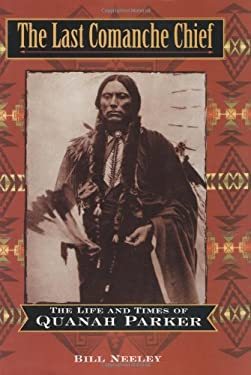
View On WordPress
2 notes
·
View notes
Text
But Daddy, I Love Him- Westward Expansion’s Impact
https://kit10phish-explains-it-all-45637244.hubspotpagebuilder.com/raw-my-uncensored-thoughts-and-opinions/but-daddy-i-love-him-westward-expansions-impact
View On WordPress
#analysis#BDILH#braid theory#buffalo#But Daddy I Love Him#capitalism#corruption#farming#genocide#gold#heroes#history#hunting#Indian#Indian Wars#language#massacre#murder#racism#religion#reservation#resources#slur#song#Taylor Swift#termonology#tribal elders#tribe#vocabulary#welfare
1 note
·
View note
Text
Today in Black Military History, the Americas between 1880 and 1914:
Today in Black Military history covering major events of the Americas between 1880 and 1914. The first case is a specific choice of historiography with one look at the more positive aspects of the legacy of the Buffalo Soldiers, one more negative, and then one focusing specifically on the broader aspects of the segregated US military that lasted until the Truman Administration.
A key point with this is that in certain ways the military both embodied elements of society around it and in certain ways there were specific rhythms to the actual realities versus how memory would otherwise have them. The United States Colored Troops forces formed in the War of the Rebellion endured through the Gilded Age and into the era of the World Wars.
What this meant in practice is that along with the cowboys being much Blacker than historical memory and movies made them out to be, so were the soldiers in the West. Black soldiers fought in the Cheyenne and Apache Wars, and shared with their fellow soldiers the unlovely experiences of garrison duties and the bitter shabby sequences of violent genocidal spasms of war between the imperial power of the United States and the individual bands of Indigenous peoples who were the last holdouts against it.
To be still more blunt, in this as in other things for the Black people who welcomed this, like this article says, it mattered greatly that Black people were allowed to participate in even a limited sense. That it was there at all mattered more than what it was, for if it was not this, it would be nothing. This is one of the bits of Victorian-age realpolitik that later generations have rather more choices with.....and which would help in the longer terms to store up all the problems that would come home to roost in the Vietnam War.
#lightdancer comments on history#black history month#military history#us history#gilded age#indian wars#buffalo soldiers
0 notes
Text
The Earth Is Weeping by Peter Cozzens
This is an excellent lecture by Peter Cozzens based on his book, The Earth Is Weeping, about the Indian Wars.
youtube
View On WordPress
0 notes
Text
Book Review: Days Without End by Sebastian Barry
Author: Sebastian Barry
Title: Days Without End
Narrator: Aidan Kelly
Publication Info: Blackstone Publishing, 2017
Summary/Review:
Set in the turbulent United States of the 1850s and 1860s, Days Without End is narrated by an Irish immigrant named Thomas McNulty. Having escaped the great hunger as a teenager, McNulty finds himself in the American West where he befriends fellow Irish immigrant…
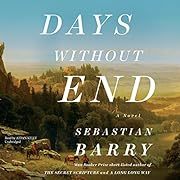
View On WordPress
#American Civil War#Audiobook#Book Reviews#Books#Historical Fiction#Indian Wars#Irish Immigrants#LGBTQ
0 notes
Text

The Earth Is All That Lasts: Crazy Horse, Sitting Bull, and the Last Stand of the Great Sioux Nation
A magisterial new history of the fierce final chapter of the "Indian Wars," told through the lives of the two most legendary and consequential American Indian leaders
ON SALE NOW: https://amzn.to/3K8oRPJ
The Earth Is All That Lasts: Crazy Horse, Sitting Bull, and the Last Stand of the Great Sioux Nation
0 notes
Text
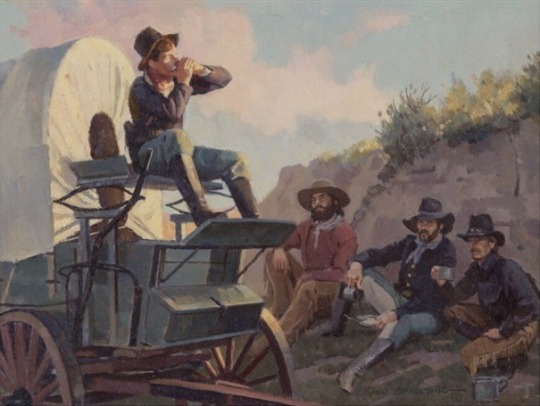
Home Sweet Home by Don Spaulding
#us cavalry#american cavalry#american dragoons#american civil war#us dragoons#plains indian wars#indian wars#fort apache#fort laramie
3 notes
·
View notes
Text
Beneath The Bending Skies Book Review
Beneath The Bending Skies Book Review
Life, from childhood on, is a series of ups and downs, new experiences, old struggles, good and bad memories. ‘What a ride’ as some would say.
That’s what this new book, Beneath The Bending Skies by Jane Kirkpatrick, is all about. It’s the story of Mollie who wanted the respect and support of a wandering, controlling father, who was unable to give it. After her mother dies she is left with…
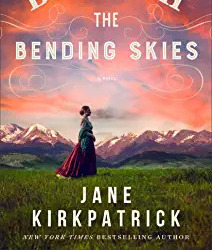
View On WordPress
#Beneath The Bending Skies#Gold Rush#Indian Wars#Jane Kirkpatrick#Westward Expansion#Women&039;s Suffrage
0 notes
Text

𝐁𝐚𝐭𝐭𝐥𝐞 𝐨𝐟 𝐋𝐢𝐭𝐭𝐥𝐞 𝐁𝐢𝐠 𝐇𝐨𝐫𝐧, 𝐌𝐞𝐦𝐨𝐢𝐫𝐬 𝐨𝐟 𝐂𝐡𝐢𝐞𝐟 𝐑𝐞𝐝 𝐅𝐨𝐱 (𝟏𝟖𝟕𝟎-𝟏𝟗𝟕𝟔)
"I was six years and fourteen days old at the time of the Custer fight. As it was told to me by my father Chief Black Eagle and my mother White Swan, the sister of Chief Crazy Horse….We left Pine Ridge [Reservation] the eight day of May 1876. Arrived in Montana about June the fifth. My people expected truble they divided up into three different villages. In case of attact they would not be caught in a trap. They knew Custer had left fort Lincolm for the Little Big Horn. Chief Gall and Chief Two-Moons sent word to my uncle Chief Crazy Horse that they were on their way to join him in case of truble with Custer they hatted him for the killing of the fifty three old women men and children and for burning their village several years before [This is a reference to the battle of Washita River, Nov. 27, 1868] and he Raped Black Kettle fourteen year old daughter she gave berth to a boy who is known as Yellow Hawk that they claim is his son from that attact….
On Sunday morning June 25th 1876 Custer…divided his forces into four grupes send Reno to attack my people from the southwest of the Big Horn River. Benteen from the northeast. Godfry and McDugal with the supply train….He told them he would…make the attact at four oclock….About 2 PM…we heard shots fired later we were told that my father and Chief Standing Bear had blocked Captain Benteen from crossing the river. Ghost Dogs, and Crow King had blocked Reno and his men Stinking Bear had Blocked Godfre and McDougal.
About 3 oclock Custer appeared and my uncle Crazy Horse rode out and then retreated like they were afraid. Custer came riding on then. Chief Gall came out to the left side of Custer and Two Moons and his Cheyenns came to the right of Custer. When Custer seen this he started his charge then he dismounted, placed his men on high grounds his horses placed under senteries the Indians made a curcle around him then rode their horses accross the circle kicking up durt [to] stampead his horses. Then the Indians made their attact. Custer bugle sounded for the sentries to bring the horses but they had been killed his bugle sounded for retreat but…most of his men and horses were killed. some said he was the last one to die but that not true. Captain Kegho was the last man to be killed and his horse Comanche was the only horse alive….my people said no one knows who killed [Custer] or when he fell. they say the battle lasted forty minutes….the Indians had better guns than the soldiers good horsemen and knew the country and planed how to fight the battle…''
#question everything#history#ancestors#american bison#native american#indian headdress#indian wars#little big horn#custer's last stand
3 notes
·
View notes
Text
The Captured: A True Story of Abduction of Indians on the Texas Frontier by Scott Zesch

https://books.google.com/books/about/The_Captured.html?id=7ArCXr3e7eoC
Author Scott Zesch had a little discussed great uncle named Adolph Korn whom the family didn’t know much of beyond that as a young boy he was kidnapped and lived among the Comanche Indians. Zesch tries to find out more about his uncle Korn and then decides to research the experiences of other Texan abductees to find out more about his uncle’s experience.
First of all, this book isn’t for kids. There are brutal scenes of violence with traditionally family members being slaughtered. Despite reading the wholesale slaughter and massacre of Indian families in another book that I read earlier, the impact of reading the murder’s families being killed doesn’t lower and prepare one for the horrible acts of murder that is committed. Younger readers might not be use to the idea of family abandonment and the return to society stunning them, which much of the former child abductees experienced following their return to white society.
But if you can handle all that, this book is a great read. The lack of Korn’s records or anything close to accounts of his experience means that Zesch really has to read and analyze other abductees’ accounts. He does tend to massively quote their accounts but his analyze are good, examining factors such as the German immigrant background of some of the children and how they would respond to the Native American’s life and culture. Zesch did deep research into this book and the sources he finds will probably be a list for further reading if anyone is interested.
Zesch ends the book with him personally visiting the last refugee of his great uncle who self isolated himself in a cave, emulating his former Indian lifestyle. It is where academic research and real life exploration and discovery meet and overall a perfect end to the book. I was afraid that the book would go racist at times but Zesch seems to have respect for the Native Americans despite their violent resistance to the white settlers having a personal connection to him. This is a good read on a footnote of history that is rarely talked about beyond the 19th century.
#the captured#scott zesch#Texas#america#native american#history#american history#Indian Wars#United States#western
0 notes